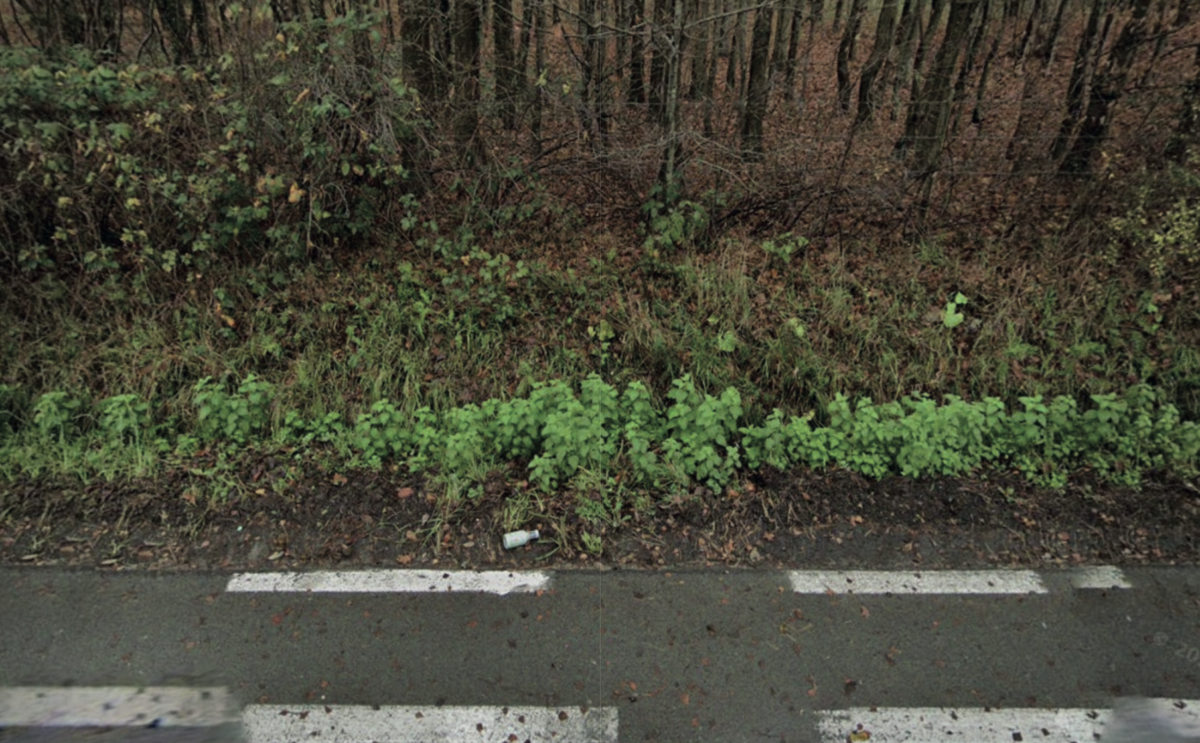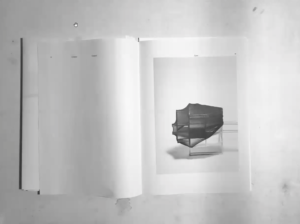
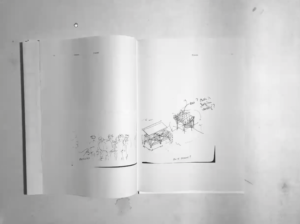
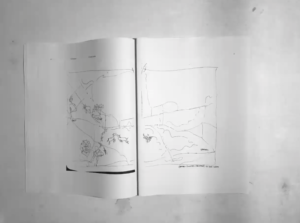
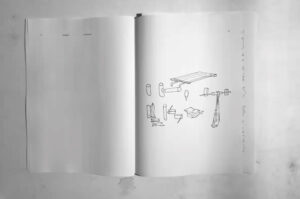
“The area we are looking at is already full of marvellous creatures, having laid out the stories each portray, of childrens and parents, of husbands and wives, of grandfather and granddaughter, of horses and dogs, of cats and mouse, of salad and grain…
lat. creatura, creare/ something created . lower animals (farm animals). human being. a being of anormality ort uncertain aspect of nature (creatures of fantasy)
/ one that is the servile dependent or tool of another
/ creatural, creaturehood, creaturliness, creativity”
Maren’s project traces a trajectory – what she calls an Odyssey – from a process that redefined Creatures from Being Created to Create!
At a time where not only artefacts – like the Flemish greenhouses – but also values must be rediscussed, we need to take action and decide which material and immaterial structures we want to keep or transform for the benefit of all creatures. The uncivilised and the wild are the main values of reflection in this project. These are recognised – and often judged as negative – in the life of some unwanted species and plants, as well as in some specific moments of humans’ life like adolescence.
Maren envisions a project where a group of 5 to 13 adolescents finds vacancies in farmland in the villages of Ranst/Broechem and uses them to build a self-governed community. Adolescence is a key moment in humans’ life, a moment of passage for the body, mind and soul of individuals. This creative moment is often intercepted by external forces and institutions, in order to turn what is perceived as disorder, danger, and potentially destructive into a productive force according to civilised paradigms. Very often, it is at this stage that institutional criminalisation occurs for the first time in many people’s life: adolescents, not been considered kids anymore, they are now accepted in carceral institutions and can be subject to punitive strategies that attempt to normalise their unstable or adverse conditions.
“i.e. young group vs. inhabitants. The dependence seems carceral: The group or individual is stigmatised without being even visually perceived; adolescences serves as explanation of the un-normalities and may be reflected as irresponsible. Confrontation occurs more often, and things where found and had to leave over night… The villagers want clarity and confront:– They are taken to re-create!”
Maren imagines that, in a first moment, the community of adolescents engages in a project of re-wilding, encouraging wild plants and seeds to disperse and grow within and outside their site. This activity causes sharp reactions by the neighbours, as they are confronted with aims and aspirations towards nature that are eco-centric and move away from a paradigm in which nature can be controlled, owned, and exploited.
Hence, in a second phase, the community settle and design spaces for discussion and confrontation, where new relations among people inside and outside the community are possible.
“How to give everyone a voice in the forest of voices in confrontation? What might places for mutual concern, respect and dignity look alike? A space for discussions, in the need to assemble and confront as well as discuss the shape is round with entering ways from every direction. Between solid installed elements and fragmented movable elements the space should be inhabited as one or many places.”
The project defines three interventions in the site of the vacant farm: the common space, the cave, and the bath. All of them are ‘spaces of lack’, that only become places when being in use. The first is a gathering space for discussion and confrontation, which is designed as a concert of solid installed elements and fragmented movable ones. The second space – the cave – responds to the need to sleep and recover and to that of storing, gathering, and collecting. Caves are installed upon the existing grid of the glasshouse. Adapting the greenhouse to inhabitation foster a new architecture that is adaptive to seasonal changes. The third space – the bath – is driven by the need to access water and heating. This is not only a need but also a ritual, either collective or individual as in the bath, which is closely linked to eating and cooking spaces. This third space reveal the value of key resources for our life and also that of negotiation, in communal life, between individual needs and collective practices.
In these ‘spaces of lack’ places are constantly created by creatures. During this process, the growing adolescents and the creatures reform themselves constantly.
This project endorses principles of cohabitation and ways of relating with each other and with the environment proper of Restorative Justice. Maren interprets the idea of restoration not as much as a process that restores existing circumstances by returning to a previous state, but rather as a progressive peacemaking process that uses conflicts and rupture to kickstart the creation of newer status.

